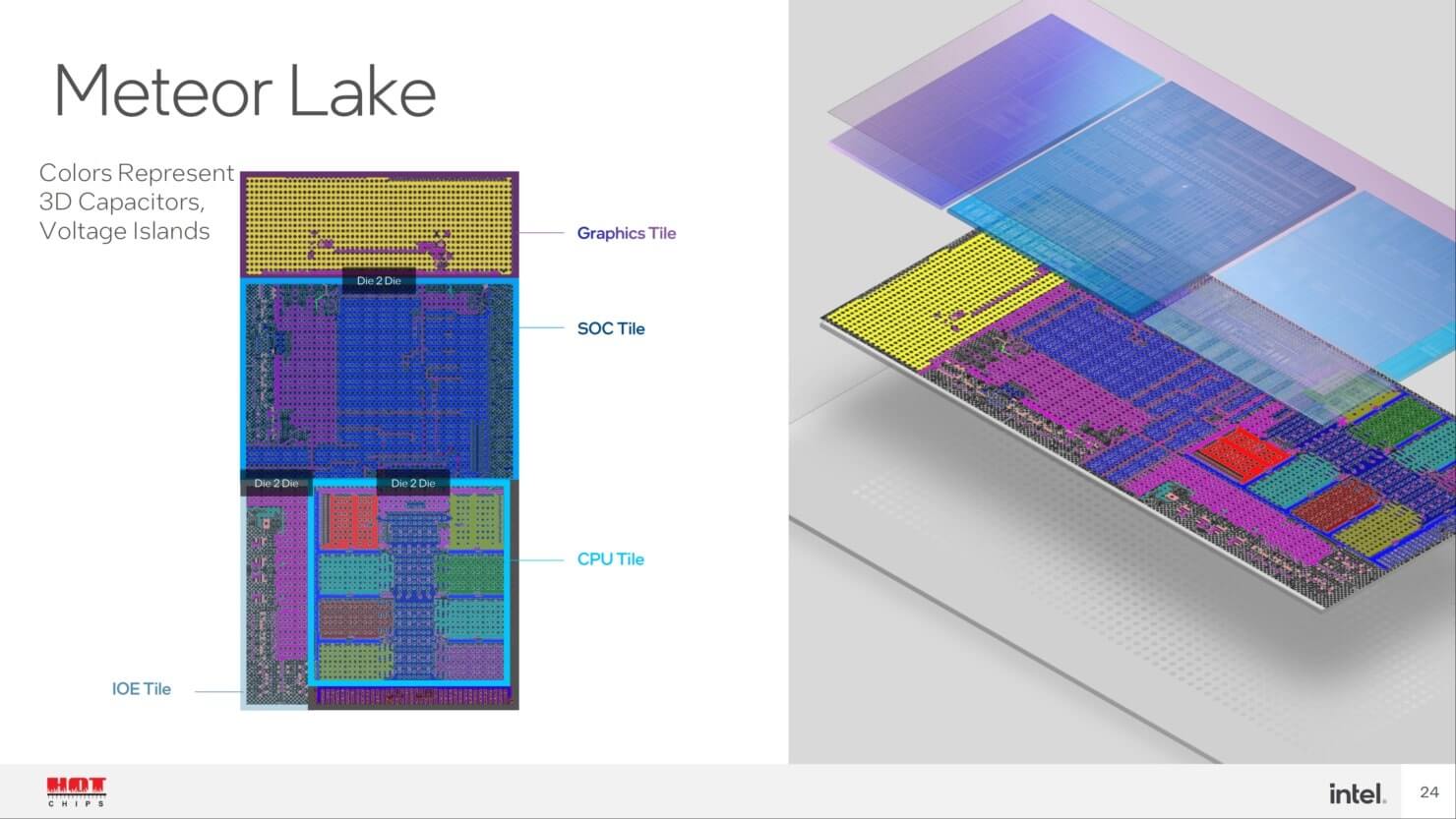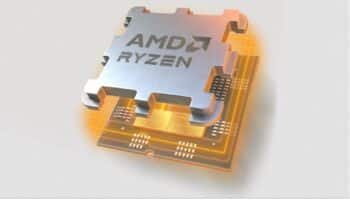Intel’s Lunar Lake processors are expected to arrive in the second half of 2024, and some info on these chips just leaked out. These mobility parts are slated to launch around the same time as the 15th Gen Arrow Lake family. However, there are some key differences between the two. The primary is the power envelope.
Lunar Lake will target low-power notebooks and convertibles while Arrow Lake is designed for high-performance PC. Another distinction is the manufacturing process. Lunar Lake will be based on the Lion Cove “P” and Skymont “E” cores. The surprising bit is that it’ll be fabbed on TSMC’s 3nm-class N3B node, making it the first Intel CPU to leverage an external foundry for the entire SoC.

Lunar Lake will feature up to 8 CPU cores, with 4 P and 4 E-cores. It’ll leverage the Xe2 graphics architecture with 16-wide SMT, packing up to 64 Vector Engines for a total of 1,024 shaders. In addition to Super Scaling, the iGPU will include real-time ray tracing support and driver optimizations (GameOn?).
Lunar Lake introduces a new System Cache that will act as the last level of SRAM in front of the main memory or DRAM. It’s unclear whether this LLC includes the L3 or is an additional layer. Like Meteor and Arrow Lake, a Neural Processing Unit or NPU v4 will be added to accelerate AI workloads.

Lunar Lake will utilize on-die LPDDR5X memory clocked at 8,533 MT/s. 16GB and 32GB variants are planned with dual-channel memory support. For I/O, you’re looking at 4x PCIe Gen 5 and 4x Gen 4 lanes, alongside 3x Thunderbolt 4 and x2 USB 3 ports.
Lunar Lake will pack an advanced Power Unit on the SoC to improve battery life and reduce standby power consumption. Considering that these chips will power sub-15W notebooks and tablets, it will be crucial in ensuring its success.

The Lunar Lake MX mobile lineup will consist of four SKUs, including two Core 7 and two Core 5 chips. The CPU core count of 8 is shared across all four, with the memory and system cache being the distinguishing features. The iGPU cores and NPU tiles will also be one unit higher on the Core 7 CPUs.

Lunar Lake will leverage the 2nd Gen Foveros 3D packaging technology. Like its predecessor, it’ll utilize advanced packaging to stack LPDDR5x memory packages onto the base die, and the CPU/iGPU tile on the Foveros die.

Source: AnandTech forums.






